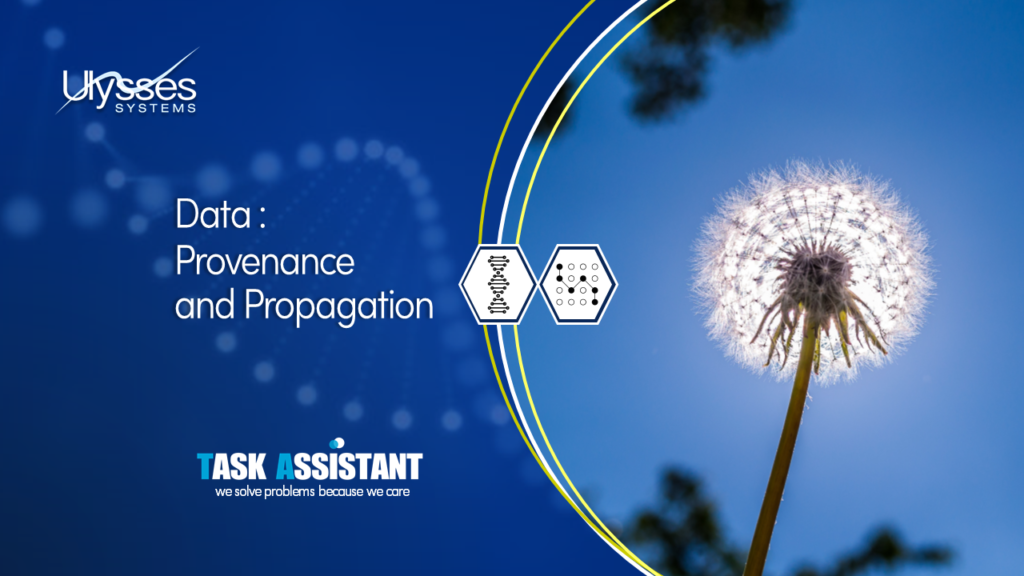
The Basis of Unified Data
The basis for unified data is data provenance and a model of how data propagates to the processes that consume the data. Because “Like DNA, data has provenance”. Though it may seem strange to speak about DNA in a discussion about data. Yet, it is especially in regard to data that provenance is extremely important. And common sense tells us that everything we know of has provenance and everything has a purpose.
And data is no different. Transposing this reality to software means that system applications need to preserve data provenance. And at the same time track how data propagates to all processes that require the data. For example, spare parts are identified by manufacturers, spare part providers and buyers, in different type of processes, from planned maintenance, to requisitioning, vendor selection, despatch up to deliveries onboard vessels.
Provenance
When one thinks that components are originally sourced from their manufacturers, and it is manufacturers who define the ways in which we identify parts, then provenance becomes imperative. Since everything that happens to a component once it enters the real world are data instances of that original component data. Consequently, Technical data, to retain its cognitive value five and ten years down the line, requires technology that upholds data integrity by design.
Task Assistant® Central Component Library
The Task Assistant® Central Component Library works as the source model of all enterprise installations and persists data integrity by consistently retaining the commonality of components, no matter where and how diversely data propagates.
Ulysses Systems launched the Central Component Library in 2002 with the goal to provide the maritime enterprise with a powerful tool for monitoring machinery performance. There is no need to retroactively unify data. With Ulysses unified data technology, clients benefit from cost optimization, component life-cycle comparisons and centrally controlled data population. Component and spare IDs match with account codes and vendors consistently across the fleet, for all users and in all modules. they manage. In fact, without unified data, ship managers cannot draw any conclusions about their vessels.
